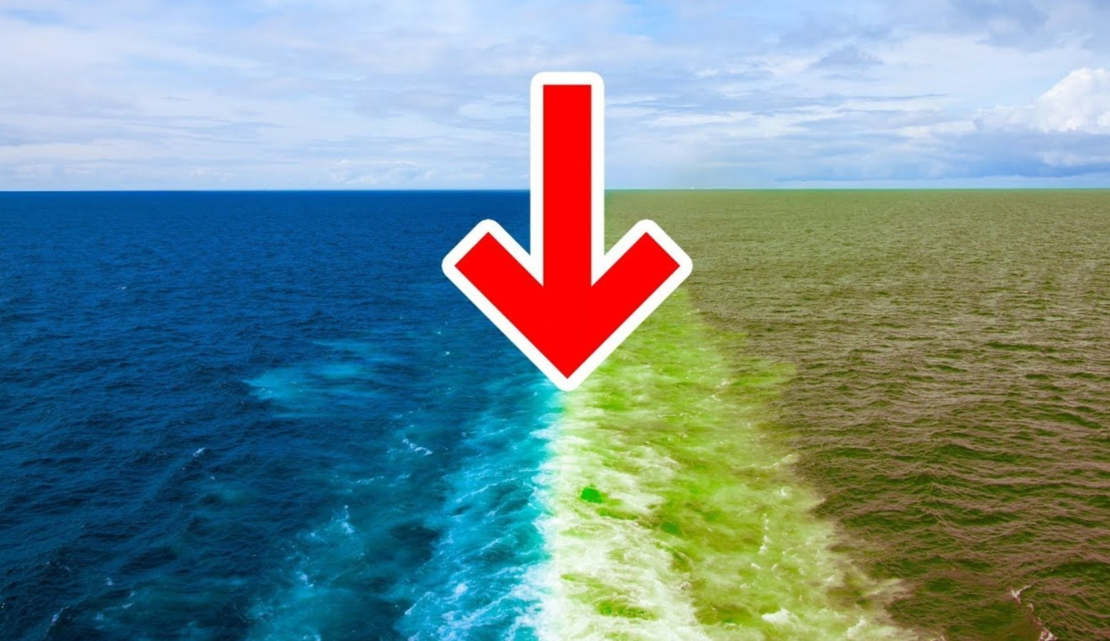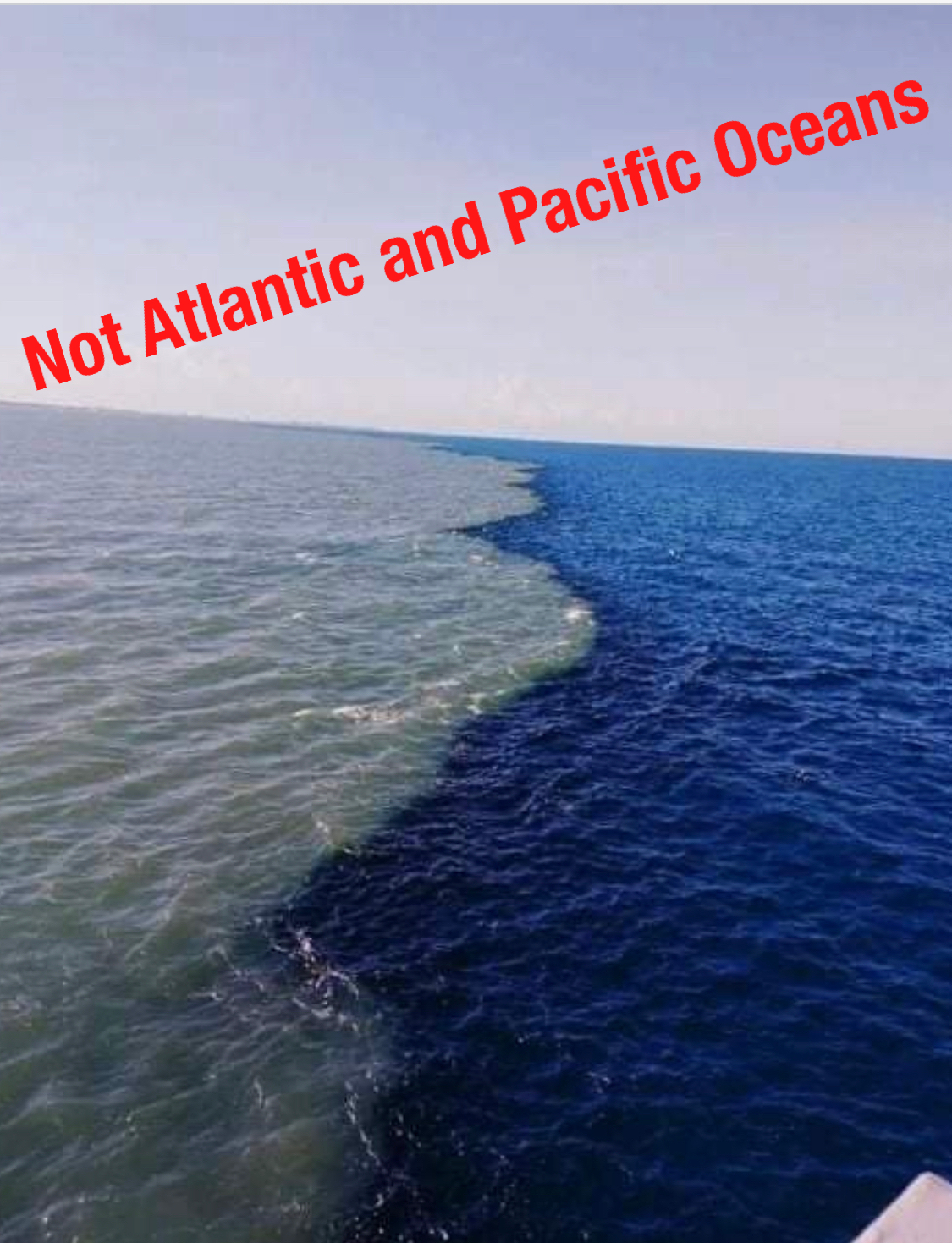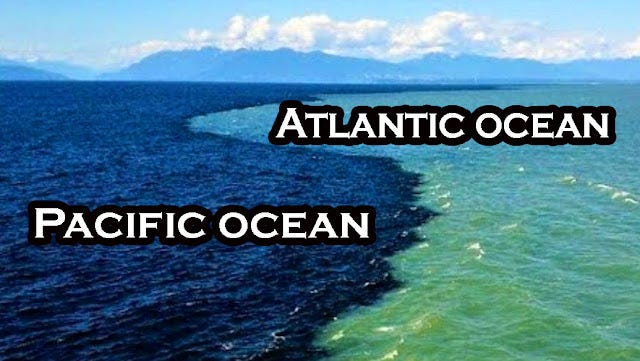Why Don T The Two Oceans Mix

Ever stood at the edge of a swimming pool, one foot dipped in, the other firmly planted on the tile, and thought, "Hey, why doesn't this whole thing just... mix?" Well, the ocean's got a similar situation going on in a few places, and it’s pretty darn cool!
The Big Question: Ocean Smoothie or Layer Cake?
We’re talking about spots where two oceans meet, looking like they’re trying to play a game of "who can stay on their side of the line?" It's not like someone poured blue raspberry flavor on one side and cherry on the other, but it's close! Think of it like trying to mix oil and vinegar for salad dressing – they might dance around each other, but they never *really* become one.
The Usual Suspects: Density and Salinity
The main reason behind this aquatic standoff is differences in density. Density, in this case, is like the ocean's weight class. Heavier, denser water doesn't like to mingle with lighter, less dense water.
And what makes water heavier? A few things, but salinity is a big one. Salinity, in simplest terms, is how salty the water is. Imagine adding a whole bag of chips to your bath – it’ll be way heavier than just plain water (don't actually do this, your drain will hate you!)
So, if one ocean is saltier than the other, that salty ocean water is going to be denser and tend to sink or stay put. This creates a divide, a sort of watery wall, between the two.
Temperature Tango: A Chilling Factor
Temperature also plays a key role in this watery waltz. Cold water is denser than warm water. Think of it like this: when you’re cold, you huddle up to conserve heat, becoming denser. Water does the same!
A colder ocean current meeting a warmer one will create a density difference. The cold, dense water slides beneath the warmer water, preventing a perfect blend. It’s a bit like trying to mix hot coffee with ice water – you get a lukewarm mess, but they still have their separate identities!
Surface Tension Shenanigans
Sometimes, the difference you see on the surface isn’t just about density. Surface tension can also play a trick on your eyes. Imagine gently placing a paper clip on water – it floats, right? That’s surface tension!
Different water compositions can have different surface tensions. One might be slicker, one might be rougher, and that difference creates a visible line. It's like one side waxed their ocean and the other didn’t!
Not a Total Impasse: The Gradual Grind
Now, don't get the idea that these oceans are locked in a perpetual, never-ending standoff! They do eventually mix, just *very* slowly. Think of it like that stubborn guest who refuses to leave a party – eventually, they’ll go home (or pass out on the couch).
Over time, currents, winds, and diffusion (the natural movement of molecules) work to blend the two bodies of water. It's just a process that can take quite a while, sometimes even years!
So, the next time you see a picture of two oceans seemingly refusing to mix, remember it's not because they're being stubborn. It’s a fascinating display of physics and chemistry, a watery dance dictated by density, salinity, and temperature. And isn't science just the coolest?
Even Jacques Cousteau would be amazed, right?


















